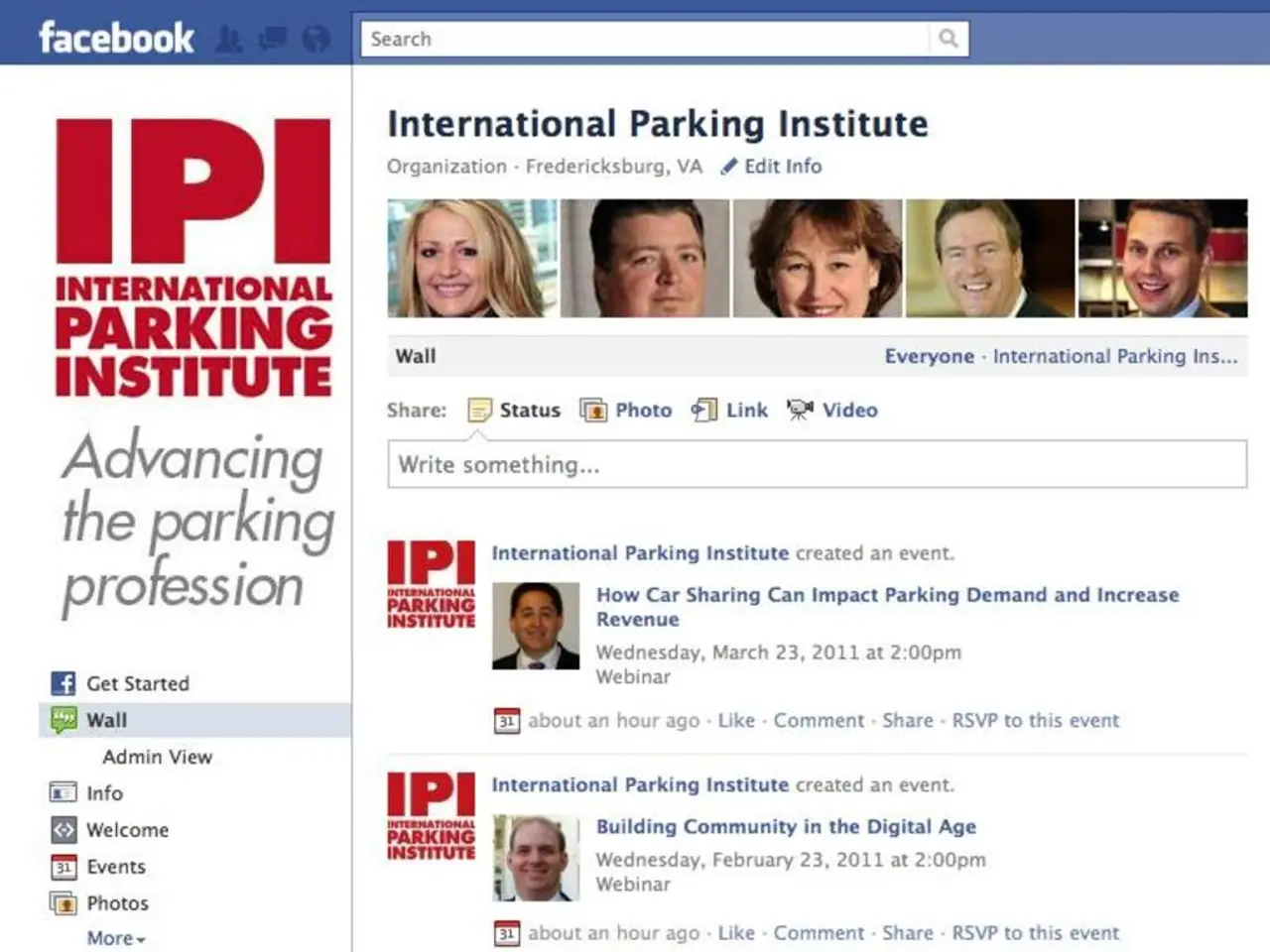Will the SECURE Act 3.0 Potentially Arrive Soon?
Another potential SECURE Act is being contemplated in Congress.
Extensive bipartisan support ensured the passage of the Setting Every Community Up for Retirement Enhancement (SECURE) Act in 2019 and the SECURE Act 2.0 in 2022.
These two laws brought about numerous modifications to qualified retirement plans, including 401(k)s and IRAs.
The main objectives of these laws were to promote wider participation in tax-advantaged retirement plans, boost contributions for certain individuals, postpone required minimum distributions, and enable penalty-free distributions in additional scenarios.
However, not all changes were favorable for taxpayers. To counterbalance some of the lost tax revenue from these laws, certain revenue enhancements were implemented.
One such revenue enhancement was the abolition of the Stretch IRA. Previously, inheritors of IRAs or 401(k)s could distribute the accounts gradually over their lifetimes. This allowed them to fully utilize the tax deferral advantage of these accounts.
Following the SECURE Act, most inheritors of retirement accounts must completely distribute these accounts within 10 years.
The retirement plan community is still grappling with and processing all the changes introduced by these laws, and the IRS has yet to finalize all the required regulations to fully elaborate these laws.
Already, a SECURE Act 3.0 is beginning to take shape.
As usual, interested parties working with retirement plans are proposing drafts of additional changes they'd like to see implemented in the retirement system.
Congress members are also proposing individual bills that would alter some retirement plan rules, such as a recent proposal to allow qualified workers as young as 18 to participate in pension plans.
This is how the previous SECURE Acts started. Individual elected officials submitted retirement-related proposals, and the leadership bundled many of them into large laws. Congress appears set to follow this pattern once more, though the leaders behind the first two iterations are no longer in Congress.
However, in 2025, Congress will be primarily preoccupied with determining how much of the 2017 Tax Cuts and Jobs Act to extend before the provisions expire at the end of 2025.
Congress also needs to decide how much additional debt to accept and which additional taxes to impose to offset the tax cuts.
While some taxpayers will be affected by any tax benefits included in a SECURE Act 3.0, more taxpayers are likely to be impacted by offsetting tax increases and benefit reductions.
Congress will have to fund at least some of the revenue cost of extending the 2017 tax law provisions and enacting a SECURE Act 3.0. The benefits could be partially funded by increasing or accelerating taxes on some retirees and retirement benefits.
One possibility is an increase in certain Stealth Taxes or the creation of new Stealth Taxes. Current Stealth Taxes include the taxation of Social Security benefits, the Medicare premium surtax, and the 3.8% net investment income tax.
Another popular notion is the "Rothification" of retirement plans. In essence, this means eliminating the upfront tax benefits for contributing to IRAs and 401(k)s and requiring all future retirement contributions to be made into Roth-type plans.
A version of Rothification seemed likely to be enacted in 2017 until President Trump declared it was "dead in its tracks." It's uncertain if President Trump will change his stance on this, as he has on other issues.
Other past proposals that could be revived are for earlier distributions from large retirement accounts, taxing large retirement accounts, and limiting the investment options for some IRAs.
Most people will focus on the widely-discussed issues, such as the extension of the 2017 tax cuts. However, those in or nearing retirement should pay close attention to the specifics of any SECURE Act 3.0.
The contemplated SECURE Act 3.0 could further amend retirement law changes initiated by its predecessors, as extensive bipartisan support led to the passage of the original SECURE Act and its subsequent version, SECURE Act 2.0. For instance, the end of the Stretch IRA rule, implemented as a revenue enhancement following the initial SECURE Act, might be revisited in SECURE Act 3.0.




